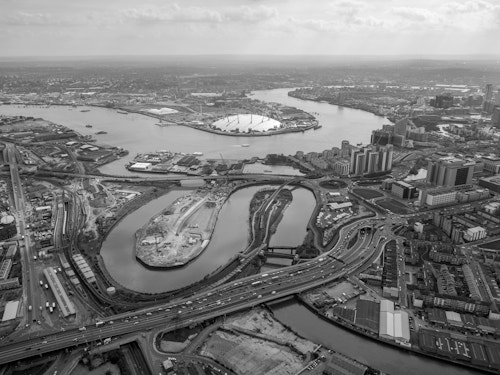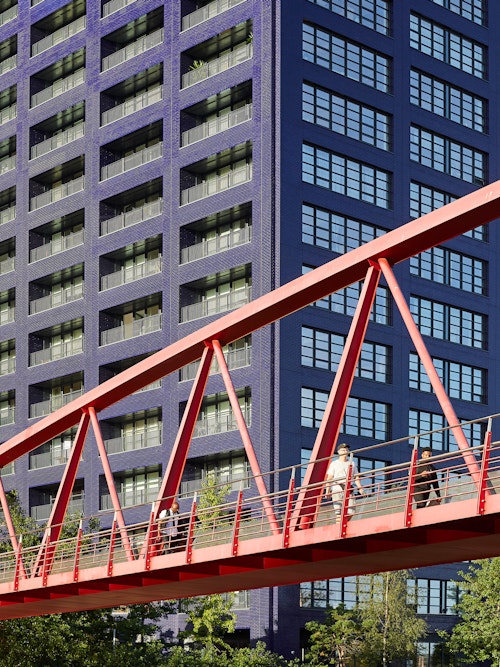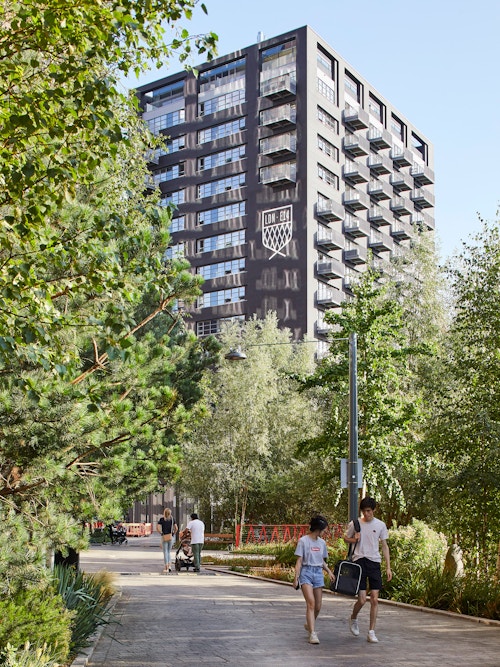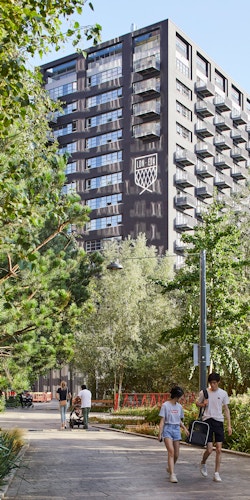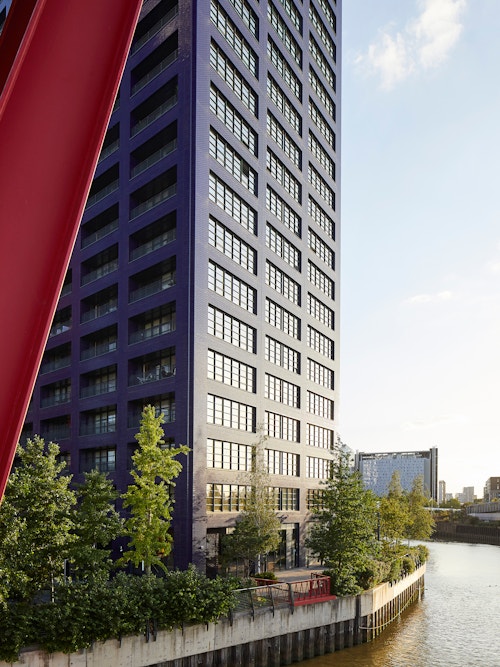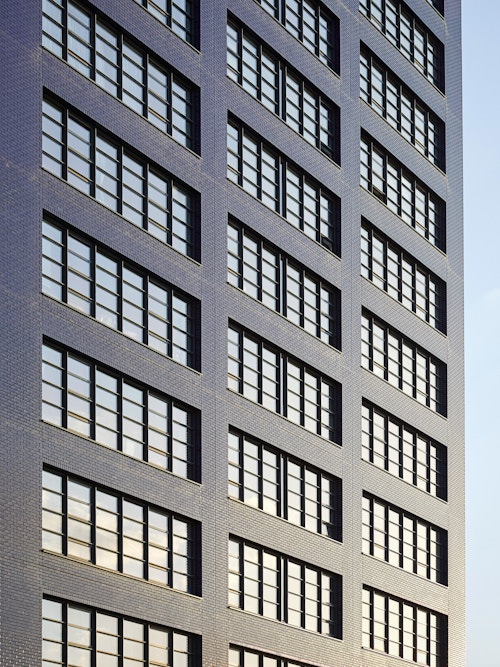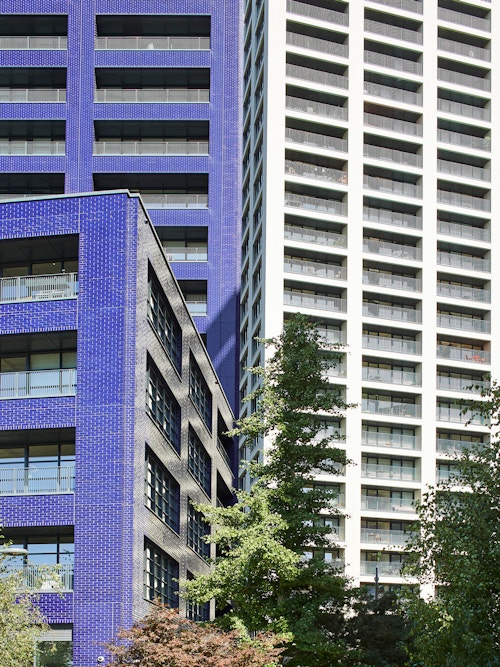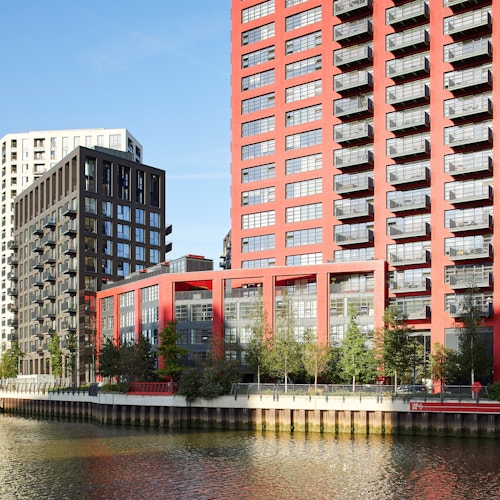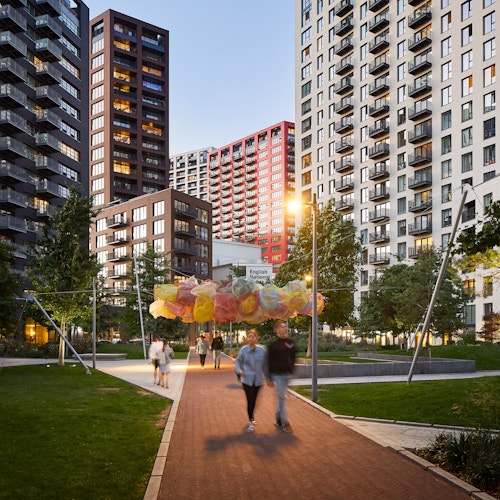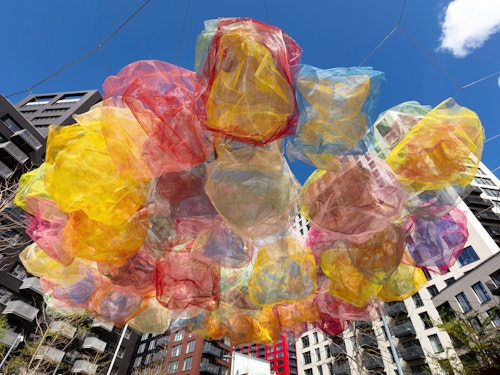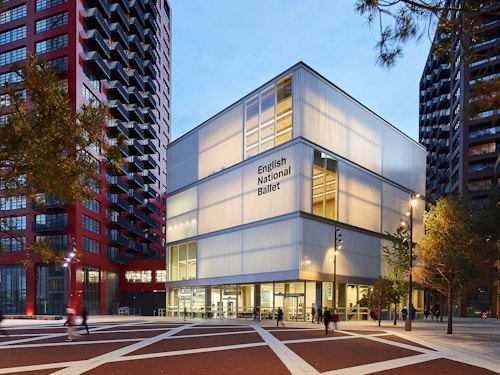Island life
The success of this culture-led district on the banks of the Thames is down to an amazing island site, a brave and ambitious client, a diverse design team and collaborative innovation in prefabrication and construction.
In Episode 569 of Moncole's the Urbanist, Will Poole discusses the challenges and opportunities when working on waterside developments. Listen here.
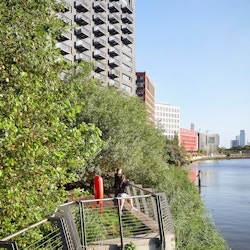
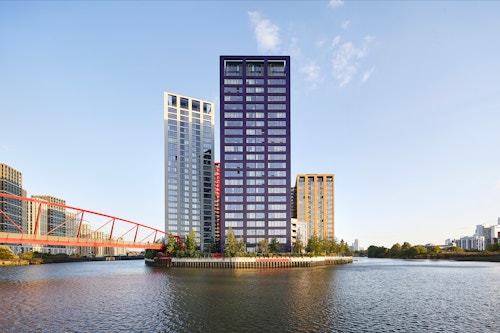
Photography © Hufton+Crow
A new arts district
London City Island is located on a dramatically meandering curve of the River Lea in east London, just before it joins the Thames. Our collage of bold and brightly coloured forms includes 10 residential buildings, a new home for the English National Ballet, offices, retail space and leisure facilities. Amplified by hues of different brick, the Island’s collected silhouettes shift and regroup when viewed from different angles along the river.
The ambition for London City Island was to create a new destination—a place full of culture and life with a character of its very own. Our design inspiration was sparked by the social and economic history of the site, which for 200 years had been a place of making and small-scale industry surrounded by bustling wharf activity. Our language of robust forms with the regular stamp of deeply punched window openings references the typologies of the hardworking buildings that once lined London’s river.
Key to the connectivity and success of the project is a pedestrian bridge linking across the River Lea to Canning Town station. The high-impact crimson red structure of the vertical lifting bridge is integral to our assemblage of forms—signalling the way to the island cityscape in a bright splash of colour.
Pioneering efficient delivery
To maximise affordability without compromising build quality, the Island’s 1,706 new homes employed prefabricated brick and concrete panels developed in a unique collaboration with Dutch firm Byldis. Each of the strikingly coloured buildings was efficiently and cleanly assembled on site from carefully modelled and highly crafted factory-made facade units—some weighing up to 28-tonnes. The precision-made precast elements enabled unprecedented on-site speed to exacting quality standards, with each floor being completed in just seven days—halving the timescale of traditional construction.
Embedding creativity
Creativity and making has now been firmly reinstated at London City Island, with occupiers including multiple small arts organisations, galleries and music studios alongside the cultural anchor of English National Ballet—housed in a glowing, translucent and jewel-like building at the centre of the site and protected by the fortifying ring of harder-edged brick buildings.
The Island’s curated cultural programme includes the annual Unity Arts Festival, conceived to create a focal point for surrounding creative communities, and Catching Colour, a site-specific artwork from Rana Begum that now forms part of East London’s The Line art trail.

London City Island viewed from Canning Town
| Client | EcoWorld Ballymore | |||||||||||
|---|---|---|---|---|---|---|---|---|---|---|---|---|
| Location | Leamouth Peninsula, London | |||||||||||
| Size | 4.85 ha | |||||||||||
| Status | Completed 2022 | |||||||||||
| Homes | 1,706 | |||||||||||
| Team |

|

|
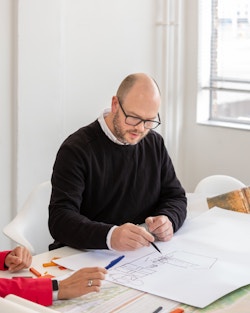
|

|
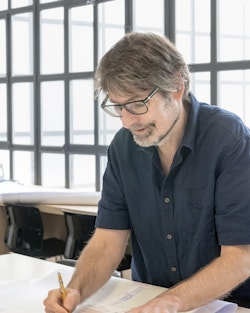
|
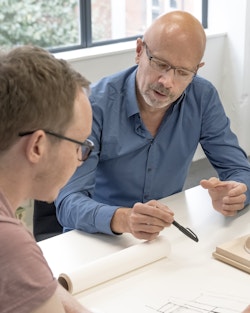
|
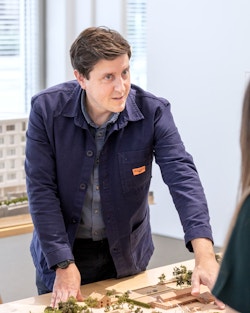
|

|
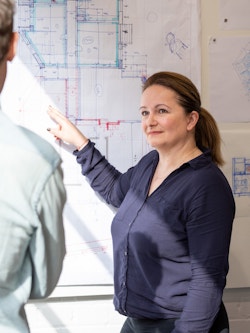
|

|
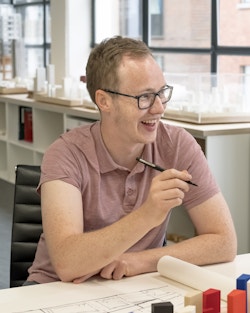
|

|
